Little-known animals in danger of extinction
0 comments
Animals in danger of extinction are those that are at risk of disappearing from the face of the Earth due to various factors such as the destruction of their habitat, indiscriminate hunting, pollution, among others.
It is important to highlight that the extinction of these species can have serious consequences for the ecological balance and biodiversity. Furthermore, many of these animals are important for scientific research and for human culture.
It is everyone's responsibility to work together to ensure the survival of these species and to protect our planet for future generations. In the end, the preservation of endangered animals is a reflection of the responsibility we have with the Earth and its biodiversity.
Below, we present some of these little-known animals, which despite their rarity and uniqueness, deserve to be known and appreciated for their ecological value and the diversity they bring to our world.
Axolotl
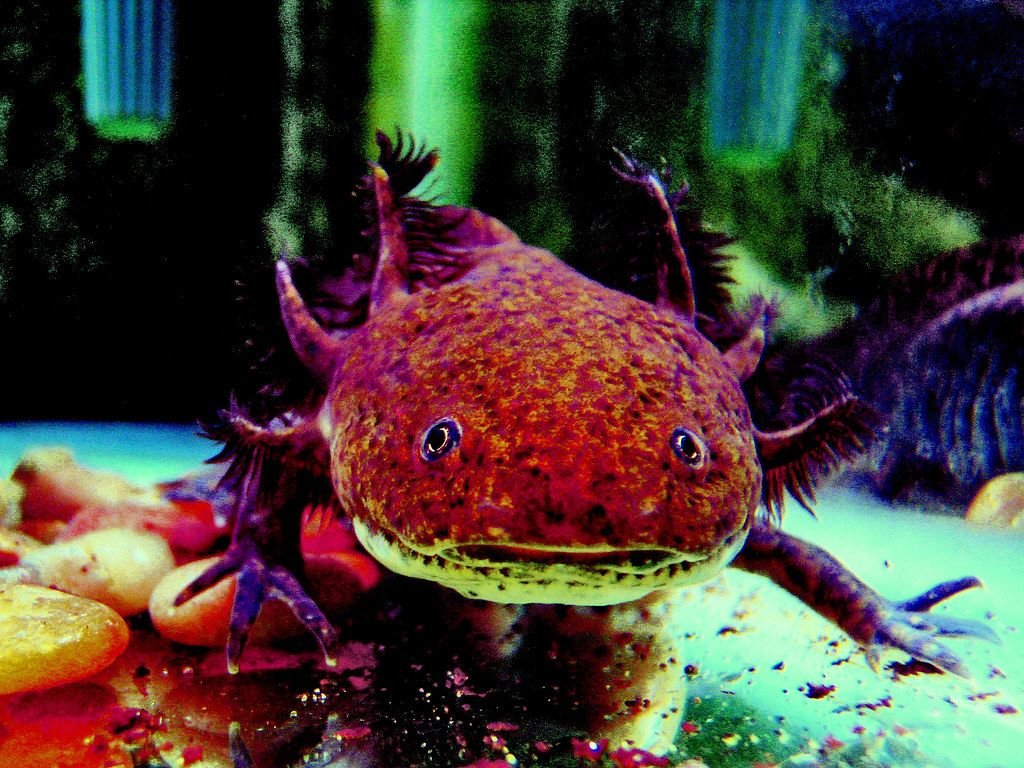
The axolotl is an endemic amphibian of the fresh waters of the Xochimilco region, in the Valley of Mexico. It is known for its unique ability to regrow its limbs and other organs, making it an important study animal for medicine and biology.
Unlike most amphibians, which go through complete metamorphosis from larva to adult, axolotls remain in their larval form for their entire lives, known as neoteny. This feature allows them to retain their regenerative abilities, which are lost in most amphibians when they transition into their adult form.
In addition to its scientific importance, the axolotl is also a culturally relevant species in Mexico, where it is considered a symbol of the identity and history of the Xochimilco region.
However, the axolotl is an endangered species, due to pollution and urbanization of its natural habitat, as well as the introduction of invasive species that compete with them for resources. It is important to protect and conserve this unique and valuable animal to preserve its biodiversity and avoid its extinction.
Kakapo
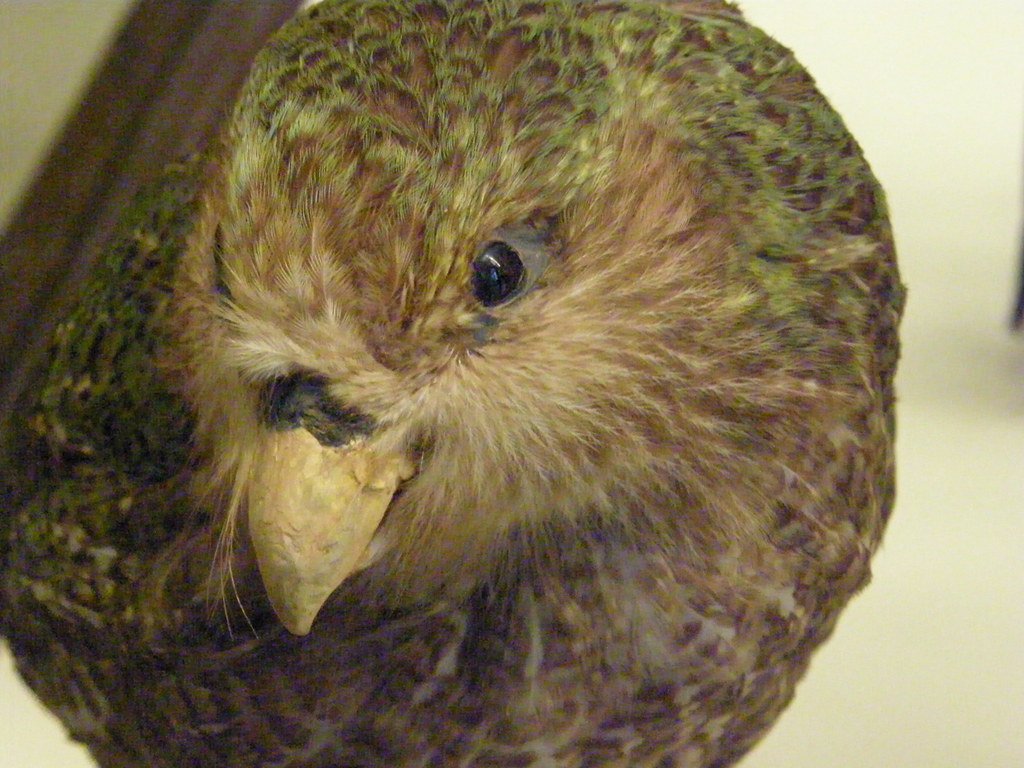
The kakapo is a nocturnal parrot endemic to New Zealand. It is known to be one of the rarest and most threatened birds in the world, with only about 200 known individuals.
The Kakapo is a large, heavy parrot with soft, dense plumage that makes it unique among parrots. Furthermore, it is one of the few parrots that moves mainly by walking rather than by flying.
This species has been severely affected by the introduction of invasive species, such as cats, dogs and rats, which have caused a drastic decline in its population and have contributed to its extinction in much of its natural habitat.
Efforts are currently underway to protect and recover the species, including captive breeding and invasive species control programs. These efforts are aimed at ensuring the long-term survival and success of the Kakapo and preserving their biodiversity and cultural heritage in New Zealand.
Aye-aye
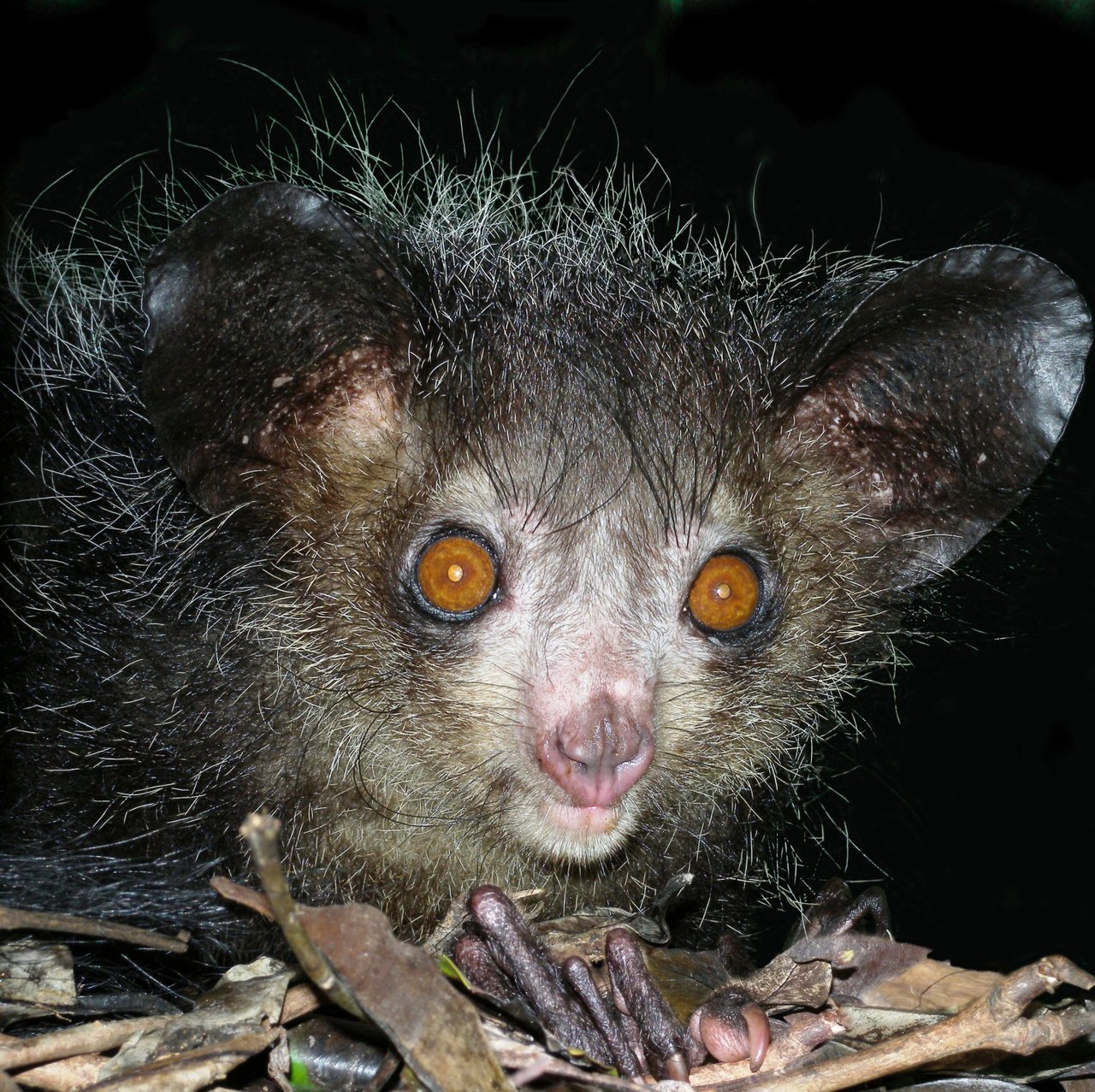
The aye-aye is a primate endemic to Madagascar. It is known for its distinctive long, slender front finger, which it uses to extract insects and larvae from holes in trees. This feeding habit makes it unique among primates and gives it an important role in the Madagascar ecosystem.
The aye-aye is also known for its distinctive appearance, with its long dark fur, large pointy ears, and long, sharp teeth.
The aye-aye is an endangered species, due to deforestation and poaching in its natural habitat. Additionally, in some local cultures, the aye-aye is seen as a bringer of bad luck, which has led to its persecution and elimination in some areas.
Narwhal
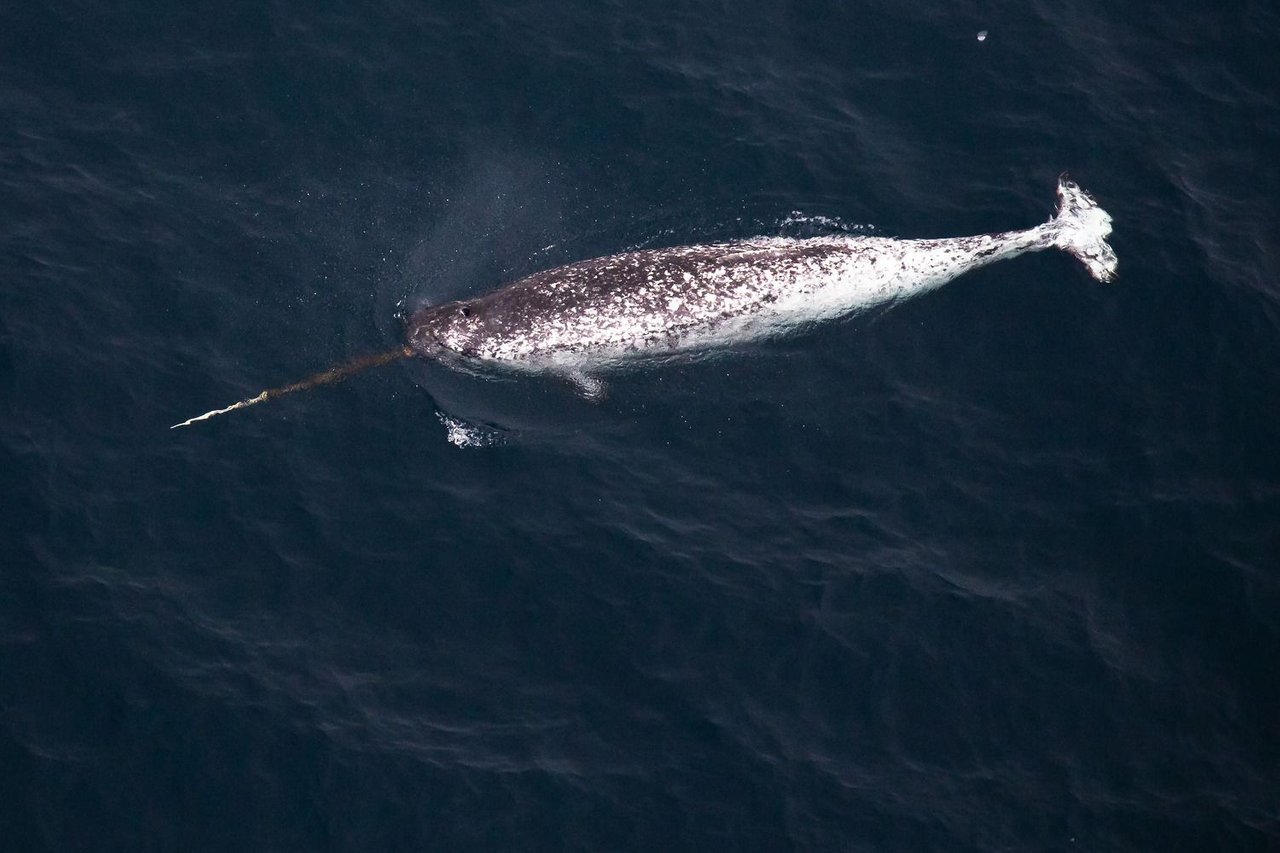
The narwhal is an endemic cetacean of the Arctic. Known for its characteristic long, curved horn, which is actually a modified tooth, it is one of the rarest and most fascinating animals in the world.
The narwhal is a large marine mammal, with a stout body and a long, curved dorsal fin. It feeds mainly on crabs, bloodworms, and fish, and is found in cold arctic and subarctic waters.
The narwhal is an endangered species due to bycatch and ocean pollution. In addition, increased human activity in the Arctic, such as oil exploration and fishing, is putting their habitat and survival at risk.
It is important to protect and conserve the narwhal and its habitat to preserve its biodiversity and ensure its long-term survival. In addition, steps need to be taken to reduce bycatch and ocean pollution and promote sustainable management of marine resources.
Vaquita
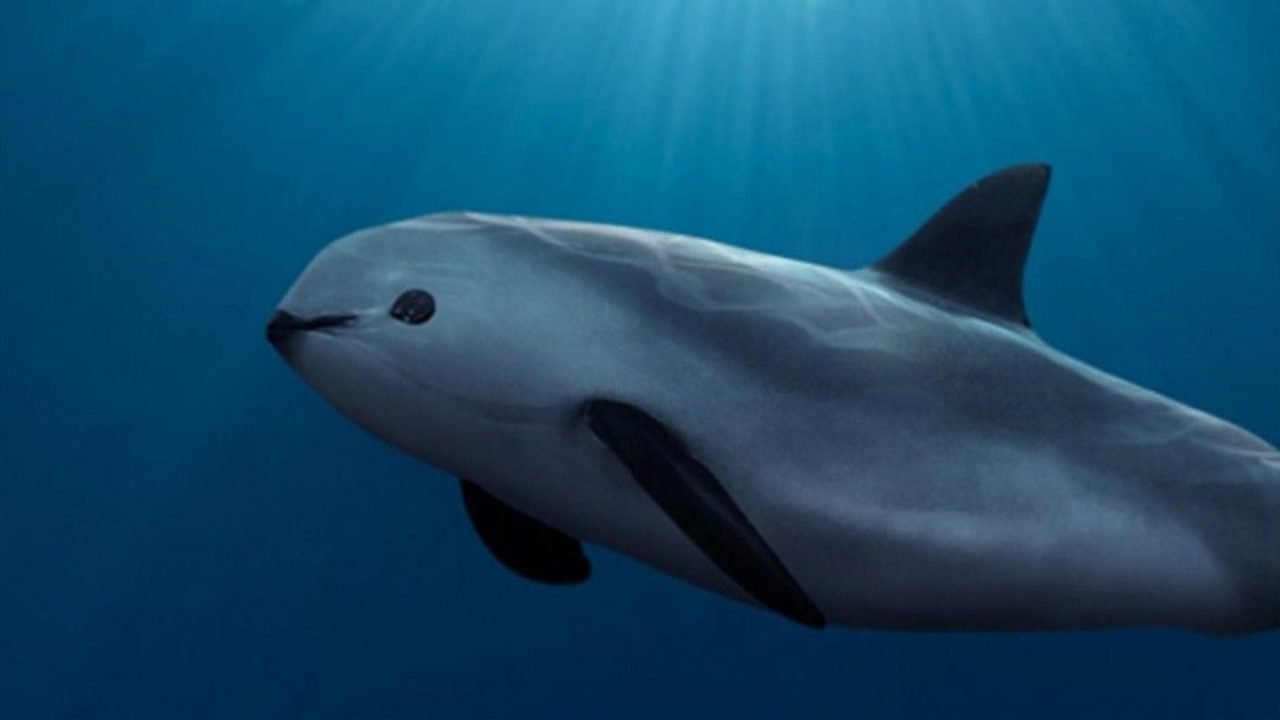
The vaquita is a cetacean endemic to the Gulf of California, Mexico. It is known for being one of the smallest and rarest marine mammals in the world, and is also considered one of the most endangered animals.
The vaquita has a compact body and a distinctive face with a large rectangular nose. It feeds mainly on fish and is found in warm, shallow waters of the Gulf of California.
The vaquita is endangered due to bycatch, that is, when they are accidentally caught in the fishing nets used to catch other species of fish. In addition, pollution and the destruction of its natural habitat are also contributing to its decline.
We hope this blog has been of interest to you and that you have learned something new about some of the lesser known animals on our planet. These animals are an important part of biodiversity and it is important to protect and preserve them to ensure a sustainable future for all species.
Thank you for reading!
Comments